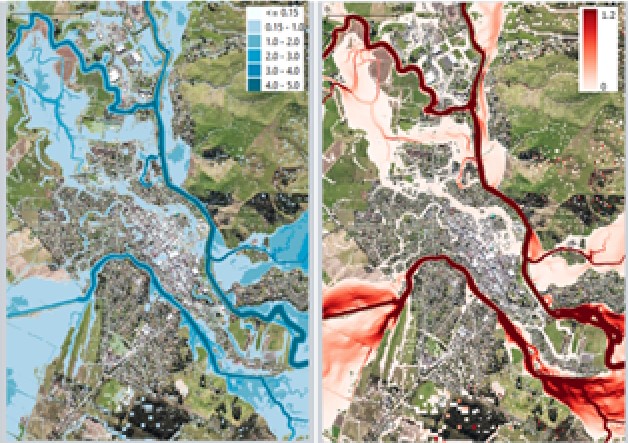Thrilling work in machine learning developed in the GRI is going to be presented in the forthcoming 2024 MIGARs International Conference on Machine Intelligence for Geoanalytics and Remote Sensing.
The papers are:
Detecting Vegetated Wetlands of New Zealand through Satellite Imagery and Machine Learning- Saif Khan
Learning with Image Guidance for Digital Elevation Model Super-Resolution – Xander Cai
Estimating uncertainty in flood model outputs using machine learning informed by Monte Carlo analysis – Martin Nguyen
Estimation of soil moisture from Rongowai GNSS-R using machine learning – Matthew Wilson
Sunil Tamang will presenting on topic of “Machine learning-driven framework for quantifying rock glacier in mountain regions.” His presentation will introduce the conceptual framework of his PhD research, which aims to explore how subjective, data-driven, and operator biases impact the applicability of machine learning for creating regional-scale rock glacier inventories across different periglacial catchments in Aotearoa New Zealand, Chile, Norway, and Nepal.
PhD candidate Andrea Pozo Estivariz is exploring the capabilities of machine learning methods for flood prediction. Her paper is entitled: “Hybrid modelling for rapid flood scenario assessment”. She is currently developing a hybrid hydrodynamic–machine learning model for real-time flood extent and magnitude prediction.



